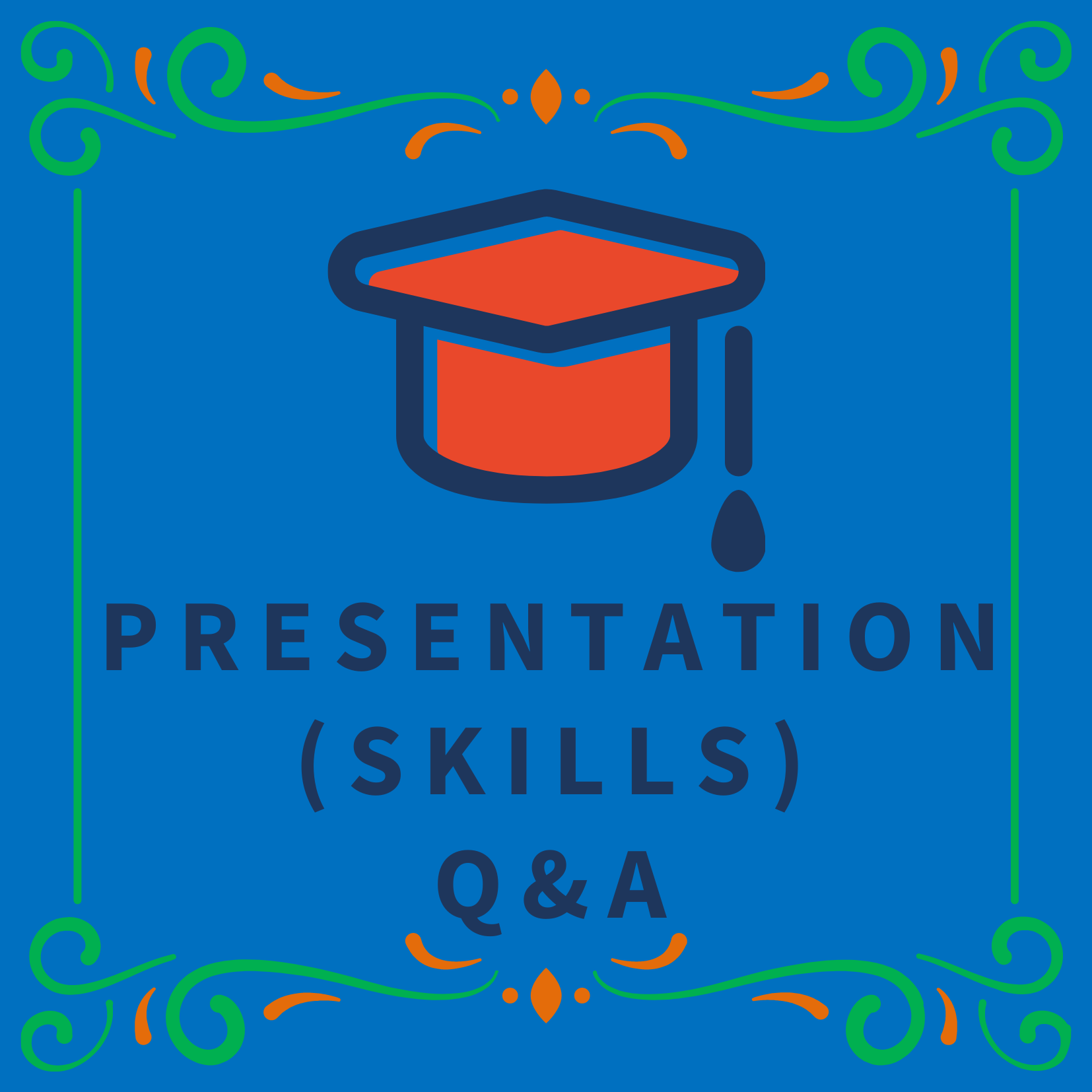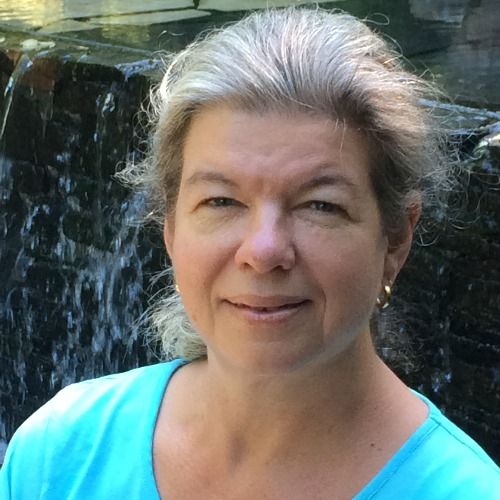Episode 6
Lindescoop - What a scoop!
Learn more about transcripts. What did you say?!
Transcript is a way to communicate with your listeners and make your podcast available to more people. You can both listen to a podcast and read it, too.
Podcasters listen and read! Do you use a transcript in your podcast?
Send us questions to: info AT pik DOT nu, or contact us via Carina's site or Martin's Bio.Link page. You could also contact us on LinkedIn (Carina Ridenius and Martin Lindeskog).
Show notes with links to articles, blog posts, products and services:
- Alitu Launches Podcast Transcription Feature
- How to Create a Podcast Transcript, & Why Transcription Matters
- Why & How To Create A Podcast Transcript
- New Podcast Apps dot com
- Podverse
The episode (7 minutes) was recorded at 1330 Central European Time, on November 8, 2022, with Ringr app.. Martin did the editing and post-production with the podcast maker, Alitu. The transcript is generated by Alitu.
Transcript
Welcome to Presentation Skills Q and A. I am Martin.
Martin:Linda Scoog or Linda Scoop maybe.
Martin:Hello Karina.
Carina:Hello, Martin. Are you Lindy Scoop? What is it?
Carina:Yes, it's about to speak up loud and clear then yes.
Martin:And also somebody or someone could understand it and transcribe it.
Martin:What you are saying today we are talking about text audio.
Carina:Exactly.
Carina:We are using transcript in our pod, in this
Carina:pod.
Carina:Could you please tell us a little bit more
Carina:about this? Why transcript?
Martin:Martin yes, transcript is like a text from the audio.
Martin:So it's transcribing what you're saying.
Martin:So then it's generated you could do it
Martin:manually also to send somebody by doing it by hand.
Martin:But now it's coming more and more but it automatically done with different services.
Martin:So with that you could use it for if you're listening to a podcast and the podcast
Martin:application has transcript as a feature depending on the RSS feed that it's included
Martin:there, then you could follow along as you are listening to the podcast, you could search for
Martin:it and it's also generating a transcript on our web page.
Martin:You could say on Captivate.
Martin:So there you could also read it and then of
Martin:course you could search for things and it could be searchable by the search engines.
Martin:So that's why one or two reasons for why you're using transcript.
Carina:So your spoken word turns to written material enrollment, it takes a bit of.
Martin:Moment because it has to process it and to joke again when I say Linda scope in
Martin:Swedish or Lindoscope in English, American way, it could turn out to Lindoscope because
Martin:they are not used to that kind of name.
Martin:Often with transcript service or captioning
Martin:service also that you have if you have like under text, you could call it like a
Martin:highlighted text to a video.
Martin:So on it is often maybe 90, 95, 98% correct,
Martin:but different like names and words and maybe some expressions or technical jargon could be
Martin:hard for you could say the motor or the transcriber or translator to understand like
Martin:machine language.
Martin:But often it gets better and better.
Carina:But you're not thinking about the spelling.
Carina:It's not the spelling that's it the important thing.
Carina:The important thing is to know where you are in a pod.
Carina:For example, if you are, for example, interested in some part talking about for
Carina:example, communication, you can just read the transcript and you know which minute or which
Carina:part this subject will be spoken of.
Martin:Correct.
Martin:And another way to have it also is for
Martin:accessibility.
Martin:So if you have maybe a harder time to listen
Martin:or hearing and you need some aid and then you could follow along with text and I have some
Martin:thoughts about that, what could happen in the future, but maybe demands that everyone should
Martin:be able to read the content also together with listening.
Martin:So that's another thing to have.
Martin:So we are using as I am editing and doing
Martin:postproduction when I'm doing it in all it too.
Martin:And after I should upload the file and I do this feature and then it takes a couple of
Martin:minutes and then the transcript file is ready to download and then I could then upload it to
Martin:the hosting that we have.
Martin:Captivate.
Martin:So that's how it's showing up there.
Carina:So it's about to speak up loud and clear for the text material in some way for
Carina:the transcript.
Carina:Shall we summarize this?
Carina:What's a good thing about this transcript thing?
Martin:Yeah, you could follow along when you're listening reading at the same time it's
Martin:also search engine optimization that you could be found on the internet and also for
Martin:accessibility, it's easier to get what you are saying at the same time to listening.
Martin:So that's pretty good things for with transcript.
Martin:Again, it's a service, so it's a value at cost to do this.
Martin:But more and more I think it will be demanded to have it in different formats.
Carina:Yeah, and I can also say that for me who is sometimes not listening to a whole
Carina:podcast, a podcast in 1 hour so I can go directly to that part I want to listen.
Martin:To if I read the transcript for another episode.
Martin:Also where we could talk about something called chapters, like chapters of a book.
Martin:So you could have chapters in a podcast episode and then you could illustrate the
Martin:chapters.
Martin:So then you could jump to different sections.
Martin:So there you have one and this you could find in newpodcast apps.
Martin:Newpodcastapps.com and for example, Pod verse is one that using transcript.
Carina:Okay. Yeah, interesting.
Carina:Good topic for some of our incoming episodes.
Martin:Very good.
Carina:Thank you for today, Martin.
Martin:Thank you Carina.
Carina:Have a nice week.
Martin:You too.
Martin:Talk to you soon again.



